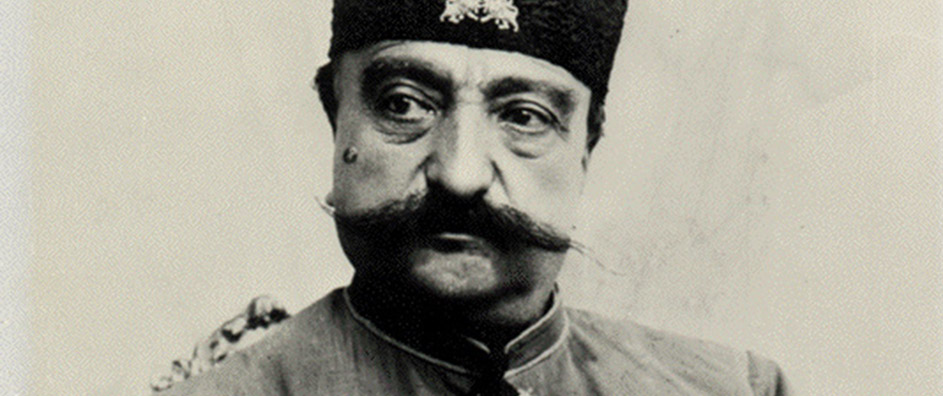In the annals of religious history, epochal moments often pivot around the martyrdoms that precipitate profound transformation and introspection. The narrative surrounding the martyrdom of The Báb—the herald of Bahá’u’lláh—stands as a poignant example of sacrifice and prophetic fervor. The question of whether a king could indeed be held accountable for the act of killing a messenger evokes a deeper exploration into the interrelationship between power, faith, and moral responsibility.
The Báb, a title meaning “the Gate,” emerged from the tumultuous climate of early 19th-century Persia, heralding a new administrative and spiritual paradigm. He proclaimed the imminent arrival of a figure who would fulfill the socio-spiritual aspirations of humanity—Bahá’u’lláh. His teachings enunciated themes of unity, equality, and justice, reverberating with a unique allure. Yet, as history elucidates, such profound revelations often invite the wrath of established powers. The narrative reaches a crescendo with The Báb’s martyrdom, a tale rife with potent symbolism and exploration of divine justice versus earthly governance.
To comprehend the monumental implications of The Báb’s execution, one must first dissect the sociopolitical milieu of early 19th-century Persia. The Báb’s revelations challenged not just religious orthodoxy but also the political status quo, causing trepidation among entrenched authorities. His followers, fervently devoted, saw in him a luminary, a transformative figure who illuminated darkened paths. The conflict between his teachings and the ruling powers crystallized into an intractable opposition. Herein lies the metaphor: The Báb as the candle illuminating a room yet threatened by the gusts of political wind; the king represents the looming shadow seeking to extinguish this light.
In examining the particulars of The Báb’s martyrdom, one encounters both the brutality of the act and the ethereal nature of his teachings. Arrested and imprisoned multiple times, The Báb faced relentless persecution. His ultimate execution in 1850, where he was subjected to a firing squad, was not merely a punitive measure; it was a misguided attempt to silence a voice of spiritual and social change. The paradox is striking: a ruler, vested with authority and power, resorting to violence against an unarmed messenger, heralding a message of love and unity. This irony encapsulates the essence of tyranny contrasted against the potency of divine inspiration.
With The Báb’s death, the narrative transcends mere historical recounting. It metamorphoses into an exploration of deeper philosophical concerns: the nature of sacrifice, the role of martyrdom in advancing spiritual movements, and the interplay between divine mandates and human governance. The metaphor of martyrdom itself becomes a potent symbol, evoking the imagery of a seed that must die to bear fruit. The Báb’s sacrifice ignited the hearts of his followers, propagating the seeds of a new faith that would spread across continents, bearing witness to the transformative power of unwavering conviction.
Moreover, the repercussions of The Báb’s martyrdom were not isolated events but rather a precursor to the high stakes endured by his followers. They too bore witness to oppression and persecution, yet paradoxically, their trials birthed a burgeoning movement that fostered values of equity, justice, and human dignity. Thus, we encounter another layer of reinterpretation—what might appear to be the end is, in fact, a new genesis.
Interestingly, the impact of The Báb’s martyrdom extends beyond the immediate context of Bahá’í history. It invites an introspective reflection on the responsibilities of those in power. The allegorical representation of the king who kills the messenger encapsulates a cautionary tale about hubris and the exertion of power without moral culpability. It poses a question: Can authority exist devoid of ethical considerations? The Báb’s martyrdom serves as a moral compass, an invitation for rulers and leaders to introspectively evaluate their legacies against the markers of compassion and justice.
Furthermore, the universal teachings of The Báb transcend sectarian boundaries, offering invaluable insights into the human condition and the quest for understanding. Though he was reviled in his time, his teachings prompt contemporary society to engage in dialogues surrounding empathy, inclusivity, and shared human experiences. This resonance echoes through the corridors of time, illustrating how light persists amidst darkness, capturing the essence of hope entwined within The Báb’s message.
Ultimately, the appraisal of The Báb’s martyrdom paints a multifaceted picture—one of struggle, sacrifice, and transcendence. It serves as a clarion call for adherents and skeptics alike to cultivate a more profound appreciation for the interplay between belief and governance. As we navigate the intricate tapestry of human existence, the narrative of The Báb and the lessons harvested from his sacrifice remain ever-relevant. In a world frequently ensnared by division and strife, the ethos encapsulated within this martyrdom invites communal reflection, beckoning humanity to an enlightened future where love and unity reign supreme.
In closing, the poignant legacy of The Báb challenges us to confront the shadows of historical oppression and empowers us to draw upon the light of his teachings. The king who killed the messenger becomes an archetype illustrating the perennial battle between the forces of oppression and the resilient spirit of those who strive for truth and justice. This dialogue is not solely about a singular event; it encapsulates the agony and hope that characterize the human pursuit of meaning in an often tumultuous world.
